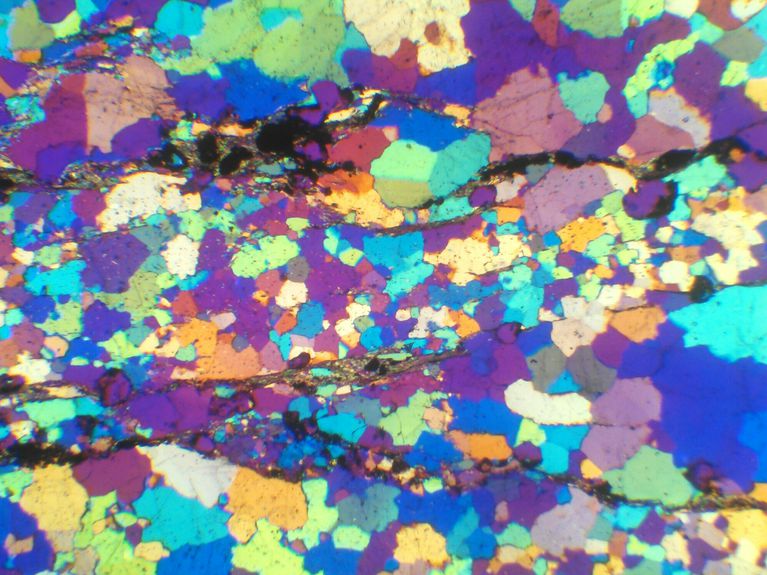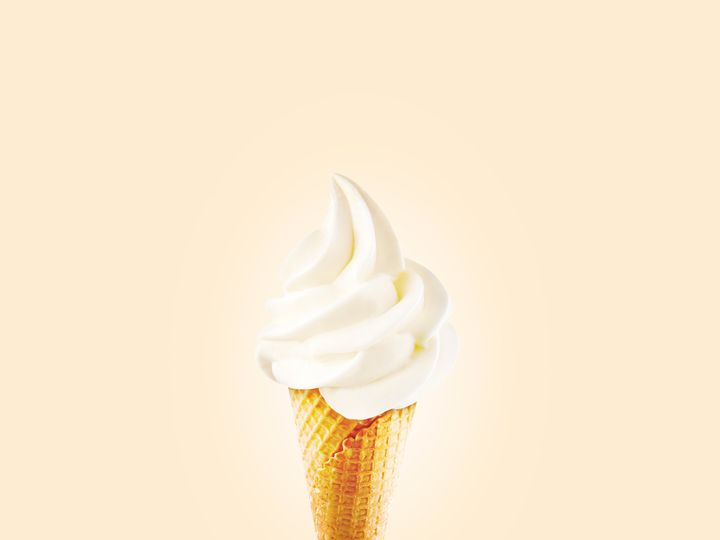Zircon: the “Time Lord” of Earth’s minerals
Did you know that we can look at the oldest mineral on Earth to learn about our planet's history?

A few minutes every morning is all you need.
Stay up to date on the world's Headlines and Human Stories. It's fun, it's factual, it's fluff-free.
Did you know that we can look at the oldest mineral on Earth to learn about our planet's history? Zircon is known as the "Time Lord" for how well it keeps track of time geologically. Scientists have found pieces of it that are 4.37 billion years old. For reference, that goes back to when an object the size of Mars hit the Earth in the event that led to the creation of our moon. Pretty neat.
Zircon minerals can be so small they look like normal sand, but they offer a lot of knowledge. "They are really the best markers of Earth's time, or the history of the Earth," explains Michael Ackerson, a geologist with the Smithsonian's National Museum of Natural History in the US.
The American Museum of Natural History explains: "[Zircon crystals] may survive many geologic events, which can be recorded in rings of additional zircon that grow around the original crystal like tree rings. Like a tiny time capsule, the zircon records these events, each one of which may last hundreds of millions of years." They're also super durable and resistant to chemical damage, so zircon just sticks around for a while.
So how can zircon tell us more about the passage of time? By breaking down pieces of the mineral using super-science-y tech, researchers can examine smaller components inside – specifically uranium and lead. Zircon takes on uranium as it grows, but lead is present when that uranium begins to decay at a steady rate. Being able to observe this within the mineral makes zircon "the most reliable natural chronometer that we have when we want to look at the earliest part of Earth history," according to Dr. Paul Mueller, who teaches geology at the University of Florida.
To figure out exactly how old a zircon crystal is, scientists can zap it with a laser, which breaks pieces of it off. Looking at the crystal and its rings, scientists can see what conditions the crystal was under at different times of its development. By looking at these crystals, scientists are learning that Earth wasn't hellish and hot for its first 500 million years like they'd previously thought. The oldest zircons found on Earth show that actually, the Earth had continents and liquid water during that time.
"We're starting to understand how and when the continents arose, how and when the oceans arose, and how that might have helped us set the groundwork for the propagation of life on our planet," says Ackerson.




Comments ()